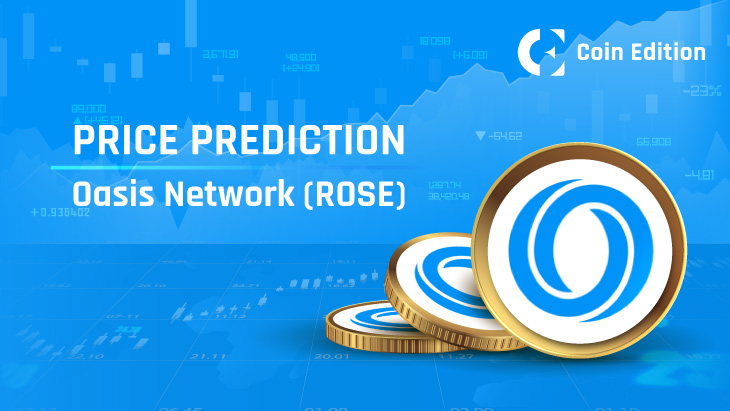- Ethereum’s Layer-1 revenue drops 99% in six months.
- The Dencun upgrade and rising Layer-2 usage have shifted activity away from Ethereum’s mainnet.
- Concerns arise over Ethereum’s sustainability.
Ethereum’s Layer-1 network has seen its revenue drop by a staggering 99% over the past six months. Data from Token Terminal reveals that the network’s revenue peaked at $35 million on March 5. However, following the Dencun upgrade, daily revenue started to fall, reaching a yearly low of $200,000 by September 2.
This decline is tied to the growth of Ethereum’s Layer-2 (L2) solutions and the effects of the Dencun upgrade. The upgrade reduced fees for L2 transactions, altering Ethereum’s revenue structure.
Post-upgrade, transaction activity shifted from Ethereum’s mainnet to L2 platforms, leading to more daily transactions and active users on these L2s. This migration has negatively affected Ethereum’s fee revenue.
Furthermore, changes to the network’s fee structure may have played a role in the revenue drop. ETH’s burn rate initially increased with the introduction of higher gas fees, making the token deflationary through increased scarcity. However, the introduction of blobs led to a decline in the burn rate, potentially causing inflation.
Market experts have voiced concerns about the impact of blobs on ETH’s value, with some suggesting fee adjustments.
Meanwhile, other market commentators believe this trend could further solidify the dominance of L2 networks. In turn, Ethereum’s mainnet could see less use, particularly for consumer applications. They argue that Ethereum must develop valuable use cases on its mainnet or risk potential valuation challenges.
Bitcoin investor Fred Krueger has echoed these concerns. He warned that Ethereum could enter a “death spiral” if its low revenue levels persist.
Krueger pointed out that Ethereum’s current $73 million annual fee revenue is insufficient to support its $300 billion market cap. He suggested a more realistic valuation might be closer to $3 billion.
Krueger stressed that this revenue is not enough to cover the inflation affecting ETH validators, highlighting the disconnect between Ethereum’s revenue model and market valuation.
This development has drawn mixed reactions from the Ethereum community. Ryan Berckmans, an Ethereum validator, applauded the current state of L1 fees and asserted that L2’s success has made Ethereum more accessible.
Disclaimer: The information presented in this article is for informational and educational purposes only. The article does not constitute financial advice or advice of any kind. Coin Edition is not responsible for any losses incurred as a result of the utilization of content, products, or services mentioned. Readers are advised to exercise caution before taking any action related to the company.







